Wine with Nebbiolo grapes
Nebbiolo grapes are a vine variety grown in Piedmont region of Italy. These are an old grape variety that has existed since a millennium is still a popular vine variety in Italy.
Alternatively known as Nibeul in French, these grapes are widely used to produce wines like Barolo, Barbaresco, Rocro, Gattinara and Gheme.
An ideal harvesting condition start in October; before the onset of the full cold season and is fermented for years to produce drinkable wines.
Wines with Nebbiolo grapes
Origins of Nebbiolo
The Nebbiolo is one of the oldest grape varieties grown in the Italian peninsula. Its earliest descriptions go back as old as 1 A.D when well known choreographers like Pliny the elder tasted these grapes.
Pliny is recorded to have mentioned these grapes and their characteristics in his book Naturalis Historiae when the Roman empire was still expanding.
Since then, the Nebbiolo has been growing in the Piedmont region and supplying wine as it did almost a millennium ago.
However, its origins are still debated with some of the DNA analysis pointing out its origin in the Lombardy region.
Although Pliny the elder never explicitly named these grapes, their earliest explicit records that suggest that these are an old vine variety goes back to 1268 in a book found at Turin.
The grapes were known as ‘Nibiol’ then; their later accounts like the one found of 1303 origin of a wine producer name a similar vine.
A 1304 account of the jurist Pietro Crescenzi in his treatise Liber RuraliumCommodorum described wine made of these grapes as excellent quality.
Nebbiolo grapes, even then possessed such great values, their hedging or cutting could result in lawful penalties ranging from such fine payment to chopping off the right hand as well.
Viticulture
Nebbiolo grapes require a warm climate. However, there are two approaches towards their viticulture – traditional as well as a modernist approach.
Traditional approach takes together the traditional fermentation and oak process that provide grassy flavours.
The modernist approach gives off modifications to the natural process to control sugar and acidic content.
Temperature becomes a deciding factor in viticulture for all grape varieties. Nebbiolo are best grown in warm regions, so winemakers carefully choose sloping areas of the Piedmont hills that provide direct sunlight.
Some grapes might even get delayed for harvesting, at cold seasons that require extra effort to control the temperature that decides the content of the grapes.
Hygiene control is also a very important factor as the temperature that fermentation leads to several bacterial and insect threats.
The ideal environment of 35-38ºC is more than just suitable to have bacteria eat up the tannin content and lay waste to the whole grape harvest.
Following this, winemakers need to establish strict hygiene control through environment friendly insecticides and techniques.
In general, the traditional approach involves maceration of up to 30 days and the use of large barrels to keep infection away during fermentation.
Modernists use a shorter period 7 to 10 days of maceration and maintaining a cooler environment to keep bacteria at bay.
Winemaking
Nebbiolo is a popular vine variety, used to produce several beverages. Rocro, Gattinara, Barbaresco and Barolo wines are some of the most popular Nebbiolo wines produced in Piedmont and supplied elsewhere.
These grapes are also slow budding and require years to mature properly. Since temperature is already a vital factor in their growth, as described above, their approach towards maintaining a high quality yield will differ from region to region since Piedmont is a collection of valleys and hills.
The ideal temperature of 38C is difficult to maintain, but produces very high quality wines. Most winemakers thus produce wine through modern techniques that modify the environment without affecting the quality of yield.
When done, Nebbiolo wines can range from pure sugary, fruity flavours to steely, strong flavoured beverages that are characteristic of the cold areas that are unable to receive direct full sunlight.
Mostly, the southern areas of Piedmont being green valleys, produce more traditional wines owing to the temperature factor while the north due to being close to the alpine ranges, produces more strong wines.

Michael Bredahl
Wine Writer
Michael is an online enthusiast, with a lot of knowledge about online marketing. Traveling around the world to hunt for the perfect wine. Latest on Sicily, where Etna has a huge impact on the taste, which is strong with a bitter aftertaste for the youngest wines, but older wines are fantastic. Drinking wine, and writing about them, are one the passions. Remember to drink responsibly 🙂
Are you a Copywriter?
We have a lot of articles without much content, if you can do it better, you are welcome to write a nice article, and get the proper credit for that. Read more information about beeing an author, and Contact us for more information.
Wines with Nebbiolo grapes
-

Pio Cesare – Nebbiolo 2008-12 75cl Bottle
€28.17 Find merchant -

G D Vajra – Langhe Nebbiolo 2010-13 75cl Bottle
€23.51 Find merchant -

Proprieta Sperino – Lessona 2006 75cl Bottle
€56.15 Find merchant -

Bruno Rocca – Barbaresco Rabaja 2009 6x 75cl Bottles
€351.36 Find merchant -

Prunotto – Occhetti Nebbiolo D’Alba 2009 6x 75cl Bottles
€112.15 Find merchant -

Cascina Fontana – Langhe Nebbiolo 2009 75cl Bottle
€23.20 Find merchant -

Sibona – Grappa di Nebbiolo 50cl Bottle
€29.64 Find merchant -

Bruno Rocca – Barbaresco Maria Adelaide 2008 6x 75cl Bottles
€616.93 Find merchant -

Trentham Estate – La Famaglia Nebbiolo 2013 75cl Bottle
€13.59 Find merchant -

Poderi Aldo Conterno – ‘Il Favot’ Langhe Nebbiolo 2009 75cl Bottle
€53.21 Find merchant
More wines with Nebbiolo grapes on page 2

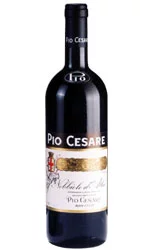

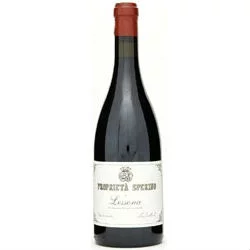





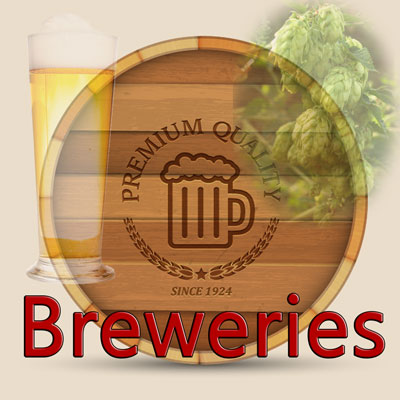

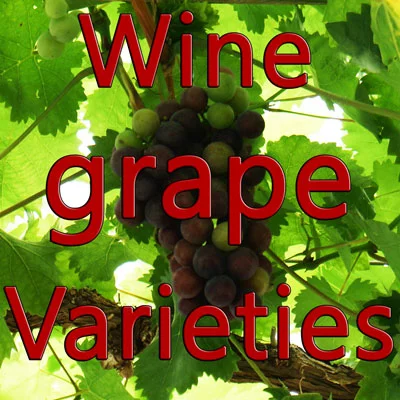


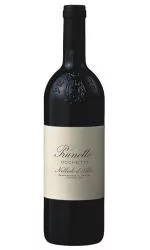



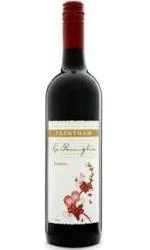
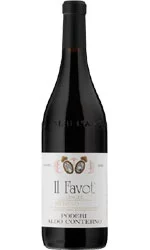



0 Comments